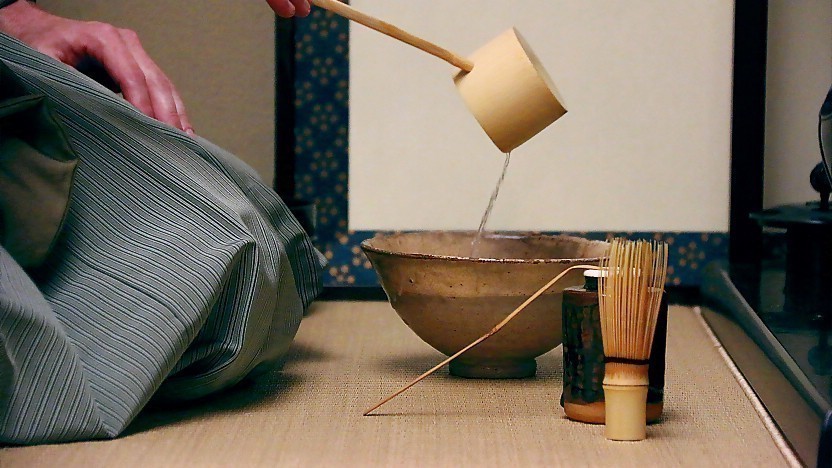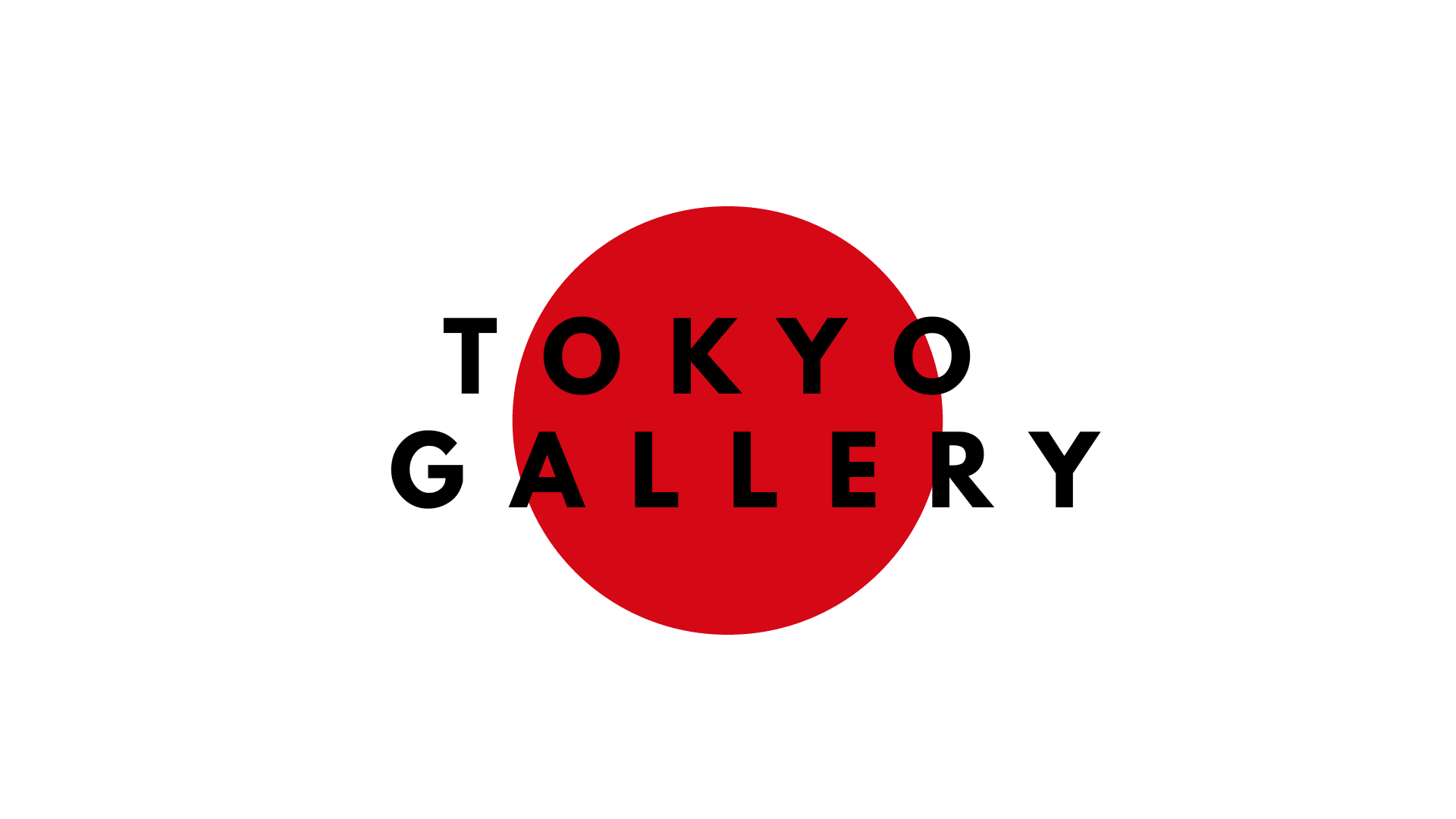Tea Ceremony

The Japanese tea ceremony (茶道, sadō or chadō, lit. "the way of tea" or 茶の湯, chanoyu) is a Japanese tradition steeped in history. It is a ceremonial way of preparing and drinking green tea typically in a traditional tearoom with tatami floor. Beyond just serving and receiving tea, one of the main purposes of the tea ceremony is for the guests to enjoy the hospitality of the host in an atmosphere distinct from the fast pace of everyday life.
Today, the tea ceremony is practiced as a hobby, and there are places where tourists can experience it, as well. Tea ceremonies of varying degrees of formality and authenticity are offered by many organizations across Japan, including at some traditional gardens, culture centers and hotels. Kyoto and Uji are among the best destinations in the country to enjoy Japan's tea culture.
|
||
|
|
||
|
Historic background
Tea was introduced to Japan in the 8th centuryfrom China and was drunk as a medicinal beverage mainly amongst priests and the upper class. It was not until the Muromachi Period (1333-1573) that the beverage gained popularity among people of all social classes. Among the affluent members of society, tea drinking parties became popular in which participants would show off their exquisite tea bowls and display their knowledge about tea.
Around the same time, a more refined version of tea parties developed with Zen-inspired simplicity and a greater emphasis on spirituality. It is from these gatherings that the tea ceremony has its origins. The father of the modern way of tea was Sen no Rikyu (1522-1591) who advocated an austere, rustic simplicity. Most of today's schools of tea ceremony, including Omotesenke and Urasenke, developed from his teachings.

Tea ceremony procedure
A full, formal tea ceremony is a multi-hour event that starts with a kaiseki course meal, is followed by a bowl of thick tea and ends with a bowl of thin tea. However, most tea ceremonies these days are much abbreviated events that are limited to the enjoyment of a bowl of thin tea.
The protocol of a tea ceremony is defined down to exact hand movements which vary slightly between the different schools. In most cases, regular tourists are not expected to know the rules in detail, but a knowledge of the basic points below can help make the event a more dignified affair.

1) Dress code
Avoid gaudy fashion and fragrance that distracts from the tea experience. Wear modest clothes, remove jewelry that may damage the tea equipment and avoid strong perfumes.
2) Garden
The traditional tea ceremony venue is surrounded by a garden, although many modern venues lack a garden. The garden is deliberately kept tranquil and simple to encourage a calm spirit. Flowers with gaudy colors or deep scents are avoided as they are a distraction. Stones of varying shapes and sizes make up the path that leads to the teahouse. A stone lantern is placed close to a stone basin near the entrance where visitors wash their hands before entering the tearoom.

3) Tearoom
The ceremony is traditionally held in a tatami room. The entrance for guests is sometimes kept low so that entering guests have to bend over, symbolizing humility. Decorative elements in the tearoom, include an alcove (tokonoma) where a scroll or seasonal flowers are displayed.
After a bow, the head guest enters the room and takes the seat closest to the alcove, followed by the other guests. Guests ideally sit in a seizaposition on the tatami floor. Once guests have taken their positions, it is customary to bow once more before observing the decorations which were carefully selected for the occasion.

4) Preparing the tea
The host typically prepares the tea in front of the guests. The main equipment includes the tea whisk (chasen), tea container for the powdered green tea (natsume), tea scoop (chashaku), tea bowl, sweets container or plate, and the kettle and brazier. Each piece of equipment was carefully selected according to circumstance and has its specific place.

5) Enjoying the tea and bowl
A Japanese sweet is served before tea and is supposed to be eaten before the tea is drunk. The tea bowl is placed onto the tatami mat in front of you, with its front facing you. Pick it up with your right hand and place it on your left palm. With your right hand, turn it clockwise by around 90 degrees so that its front is not facing you anymore. Drink the tea in a few sips and place it back onto the tatami. Bow and express gratitude after receiving and finishing your tea.
Towards the end of the ceremony, there will be time to inspect and appreciate the tea bowl by lifting it. Once finished, turn the bowl so that the front now faces the host. The host may ask if guests would like another round of tea, and if not, the tea ceremony is over when the host washes the tea utensils and returns the equipment to where they were before starting.




